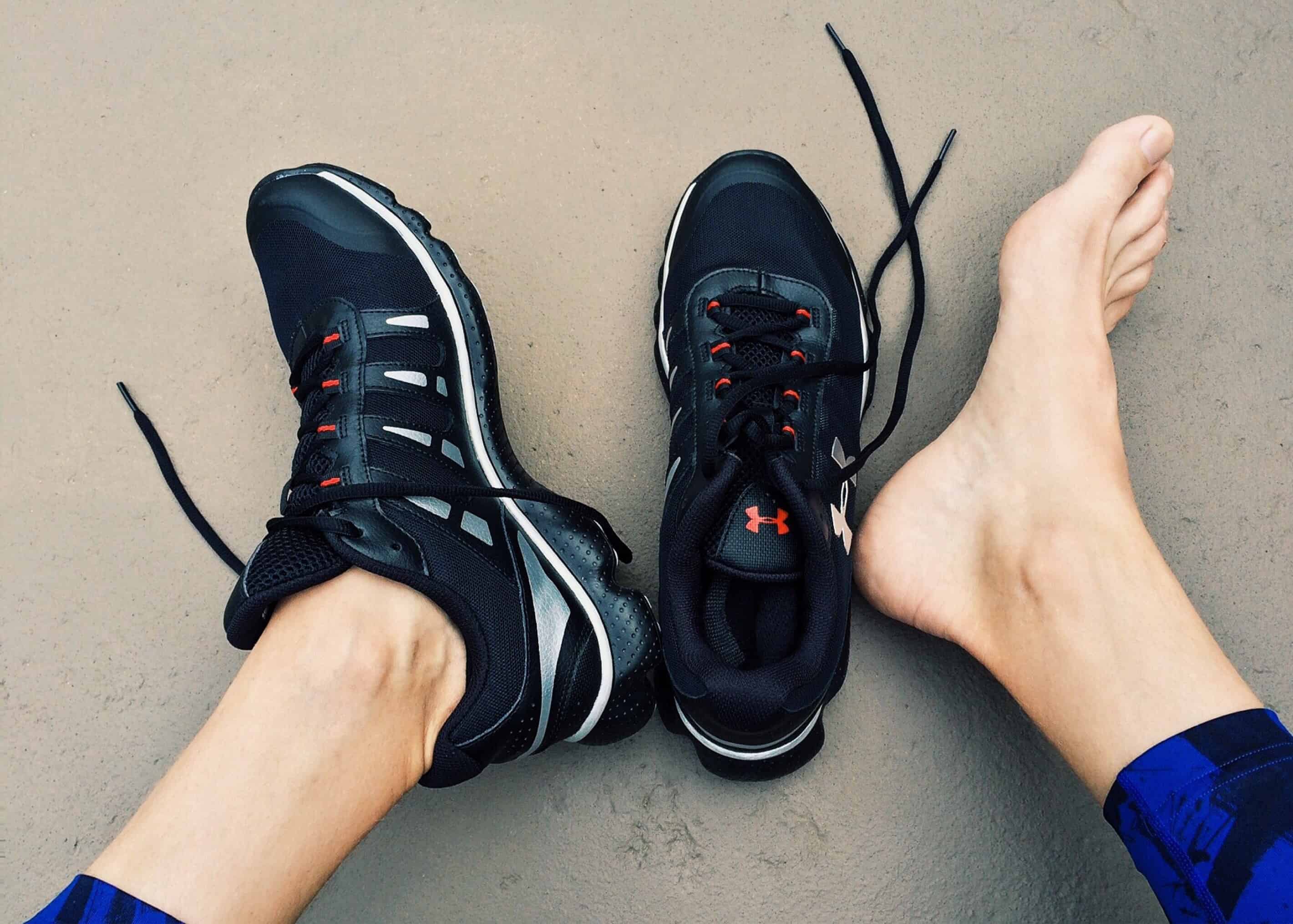What is Plantar Fasciitis?

According to WebMD, “Plantar Fasciitis is a common condition of the foot in which the plantar fascia, a thick band of tissue running across the bottom of the foot connecting the heel bone to the toes, becomes inflamed. This tissue acts as a shock absorber and supports the arch of the foot. When these tissues are overstretched, tears can occur. Repetitive stretching and tearing can then result in pain and inflammation.”
Many Veterans suffer from Plantar Fasciitis. The Mayo Clinic states; “under normal circumstances, your plantar fascia acts like a shock-absorbing bowstring, supporting the arch in your foot. If tension and stress on that bowstring become too great, small tears can arise in the fascia. Repetitive stretching and tearing can cause the fascia to become irritated or inflamed, though in many cases of plantar fasciitis, the cause isn’t clear.”
How to file for Plantar Fasciitis
The most known way of getting a successful claim awarded is to get a diagnosis by a doctor of your choice.
To proceed with a VA Claim, it is necessary to have the following things in order:
- Plantar Fasciitis diagnosis
- In-service stressors for service-connection
- Medical evidence of symptoms
- Medical Nexus letter (recommended)
- The statement in Support of a Claim for Plantar Fasciitis
- Buddy Letter (recommended)
Plantar Fasciitis stressors
We spoke of the definition of Plantar Fasciitis and how to get a diagnosis. Now we will focus on in-service stressors for the service connections. No VA claim will get approved without this link; it is the most crucial proof you can submit. There is a list of conditions that can cause Plantar Fasciitis; the VA has it broken down here. Researching this list will bring more results than what we would be able to explain.
Check it out, and if any of it applies to conditions you have due to your enlistment, then we need to proceed with the Nexus, the medical opinion linking this to your service. Having medical documentation of your ongoing conditions is critical as well, the VA must see how it has worsened or improved to determine your rating. This can be proven with a Document-Based Questionnaire, DBQ. This is conducted by a doctor of your choice to record your conditions, quality of life, and give a medical opinion on your rating.
The statement in support of claim and Buddy Letter
A statement in support of claim are witness statements of what they have seen, heard, felt, and know about your service, injury, and condition. The statement in support of claim will be a personal letter you write. This will be you explaining in your own words when this started, how it started, how it has worsened, what impact does it have on your quality of life and earning capabilities. It is vital you speak from your heart and be specific; these have a significant effect on the decision of your claim.
Buddy Letters are very important as well; this can help link your condition to your service. Options for a Buddy Letter include a bunkmate who witnessed your pain in the mornings. Any friend, bunkmate, family member, or witness can write a fact-based account to submit with your claim. These can include someone who observes how this impacts your life and the worsening of the condition. These also have a tremendous impact when submitting proof for your claim.
VA Rating
The VA will take several things into consideration when rating this disorder; there are different degrees of this condition which is how they rate your claim. The most current disability rating and severity of symptoms can be found in the Code of Federal Regulations at 38 CFR 4.71 Schedule of ratings —respiratory system:
- 50 percent: Bilateral – Pronounced; marked pronation, extreme tenderness of plantar surfaces of the feet, marked inward displacement and severe spasm of the Achilles Tendon on manipulation, not improved by orthopedic shoes or appliances
- 30 percent: Unilateral – Pronounced; marked pronation, extreme tenderness of plantar surfaces of the feet, marked inward displacement and severe spasm of the Achilles Tendon on manipulation, not improved by orthopedic shoes or appliances
- 30 percent: Bilateral – Severe; objective evidence of marked deformity (pronation, abduction, etc.), pain on manipulation and use accentuated, indication of swelling on use, characteristic callosities
- 20 percent: Unilateral – Severe; objective evidence of marked deformity (pronation, abduction, etc.), pain on manipulation and use accentuated, an indication of swelling on use, characteristic callosities
- 10 percent: Moderate; weight-bearing line over or medial to great toe, inward bowing of the Achilles Tendon, pain on manipulation and use of the feet, bilateral or unilateral
- 0 percent: Mild; symptoms relieved by built-up shoe or arch support
As you can see some conditions of Plantar Fasciitis are worse than others and in turn gets you rated accordingly. Like we said earlier, with any disorder tracking and documenting the effects it has on your quality of life and earning capabilities is crucial.
Our medical team specializes in Nexus Letters and DBQ’s; those seem to be the hardest thing for most doctors to understand when you are asking for these documents. We got that covered. Like I stated above, these are just a few things to look at and review and can significantly help your claim.
If you would like to speak to a member of our team we can look at all of the factors and get you headed in the right direction; we work together to ensure we file successful, provable claims! For more information and reference to this post check us out here. Also, take a look at our membership option, watch the video first and complete the three steps, we are ready to get the ball rolling. Thanks for reading and we look forward to hearing from you!
Ronnis Fields is a retired U.S. Army Disabled Veteran. You can contact him at [email protected].

